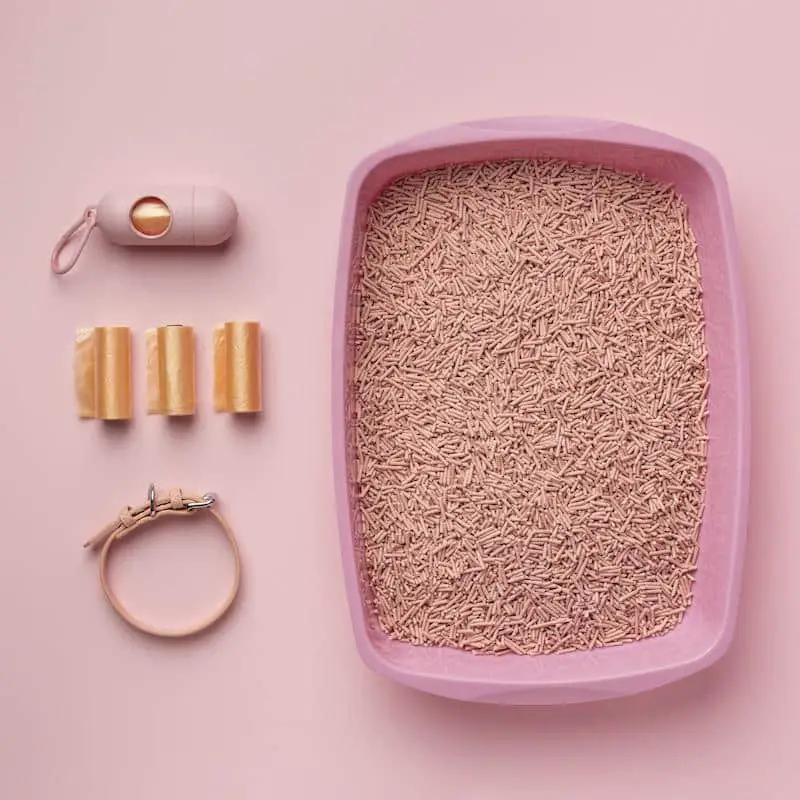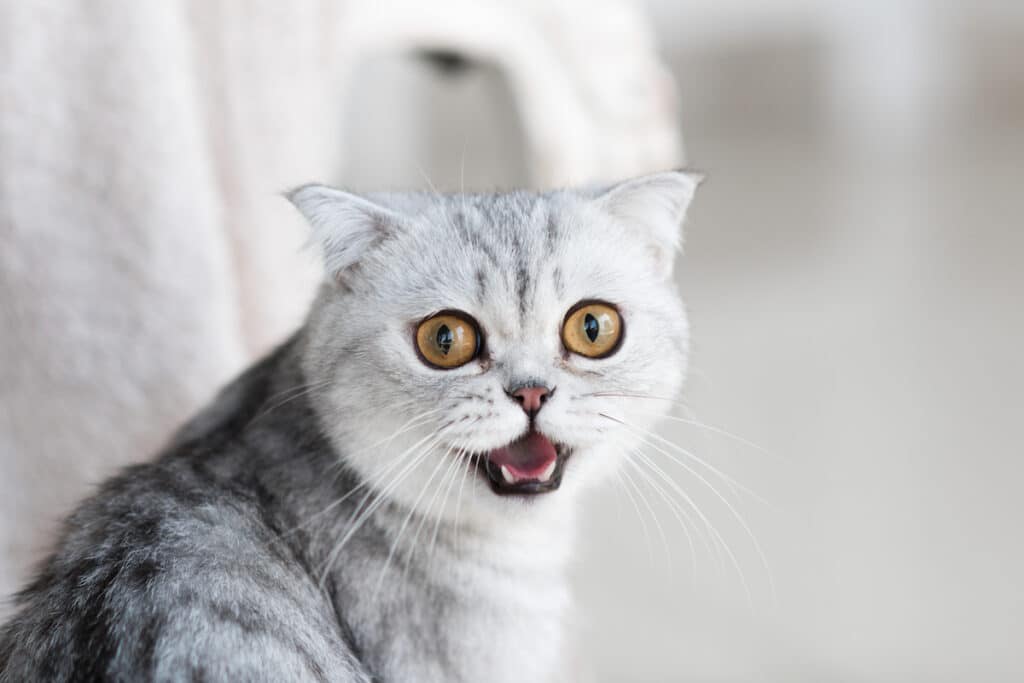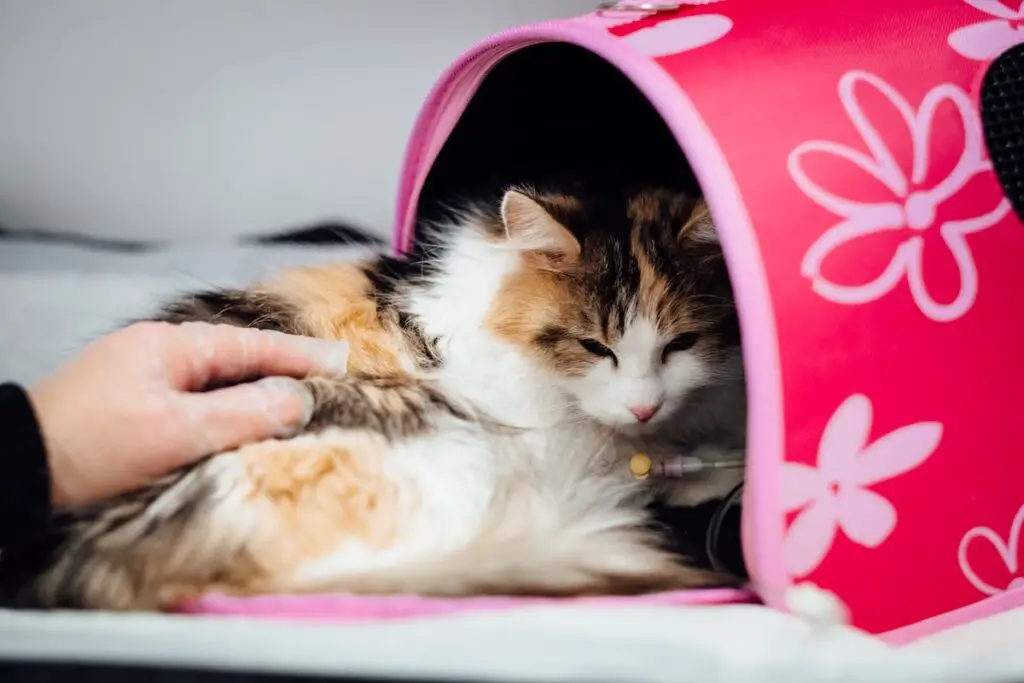Feline Lower Urinary Tract Disease (FLUTD) refers to a wide range of diseases that affects a cat’s urethra and bladder. One of the most common types of FLUTD is Feline Idiopathic Cystitis, a disease that causes inflammation in the urinary tract and can sometimes lead to peeing outside the litter box.
Symptoms of Feline Lower Urinary Tract Disease
Keep in mind the range of symptoms for Feline Lower Urinary Tract Disease can vary greatly and it’s not necessarily reason to panic if your cat is exhibiting a few of these. The only way to verify that your cat has Feline Lower Urinary Tract Disease is to get a diagnosis from a vet. Some symptoms of Feline Lower Urinary Tract Disease include:
- Straining to urinate
- Urinating small amounts
- Frequent and/or prolonged attempts to urinate
- Crying out while urinating
- Excessive licking of the genital area
- Urinating outside the litter box, often on cool, smooth surfaces like a bathroom or tile floor.
- Blood in the urine
- Not being able to pass urine (note that this is a sign of obstruction and is very serious)

Causes of Feline Lower Urinary Tract Disease
There are too many causes of Feline Lower Urinary Tract Disease to cover here, but we’ll list the most common ones. They include:
- Urinary Stones – A major cause of urinary stones is stress in general, whether it be from other pets, changes in routine or other causes. Another cause is diet, particularly a diet of dry cat food. The most common urinary stones are calcium oxalate and struvite. In female cats, it may be possible for a vet to help flush the stones with sterile fluids or remove small stones directly from the bladder. While a special, stone-dissolving diet can be prescribed to dissolve struvite stones, calcium oxalate stones need to be removed surgically.
- Urinary inflection – An infection can be caused by bacteria, fungus or parasites. All three types of infections are very uncommon, although of the three bacterial is the most common. Older cats are the most affected by urinary tract infections.
- Obstruction – This is obstruction of the urethra, and is very serious and life threatening. The main symptom of obstruction is inability to pass urine at all or only in very little amounts. Male cats are more prone to this as their urethra are longer and narrower. Cats with obstruction must see a vet immediately as they can die within 1-2 days.
- Feline idiopathic cystitis – This is the most common type of Feline Lower Urinary Tract Disease in cats under 10 years old. It causes inflammation in the urinary tract and cause pain and discomfort while urinating. It’s also one of the main causes of cats peeing outside the litter box. Although the cause is largely unknown, there are a variety of diet and environmental changes that can help treat Feline idiopathic cystitis.

Treatment of Feline Lower Urinary Tract Disease
There are some things you can do at home to help clear up a case of Feline Lower Urinary Tract Disease. These include:
- Feed small meals on a frequent basis.
- Consult with your veterinarian about the best diet for your cat. Many commercial diets are acceptable, but some urinary conditions respond better to specialized diets. Canned food over dry food may be preferred.
- Provide clean, fresh water, and consider providing a cat fountain, which is more enticing to cats to drink from.
- Provide an adequate number of litter boxes (usually one more than the number of cats in the household) with the type of litter that the cat(s) prefer
- Keep litter boxes in quiet, safe areas of the house.
- Keep litter boxes clean – they should be cleaned at least once every three days and deep cleaned once per month.
- Minimize major changes in routine.
- Reduce stress.














